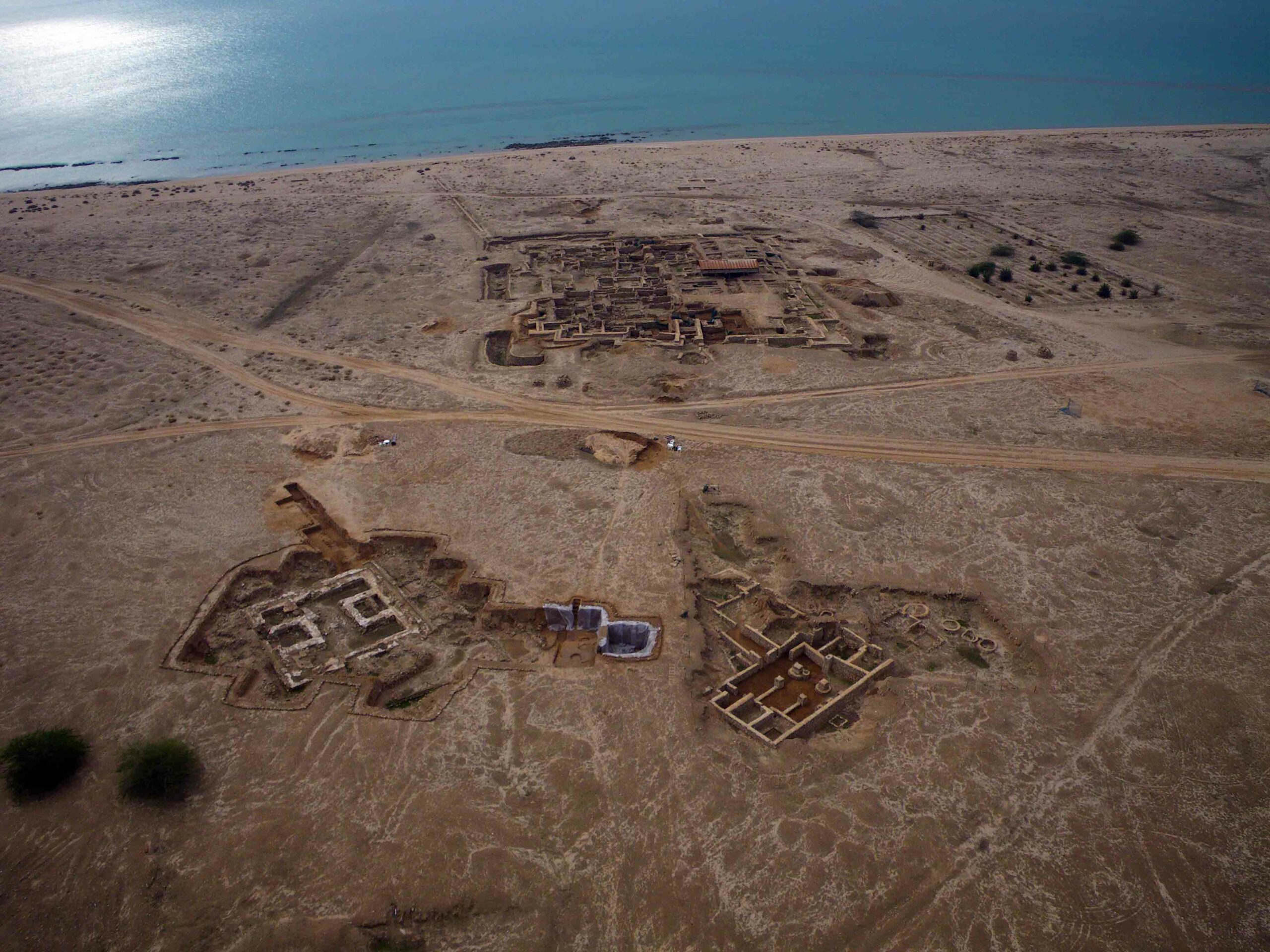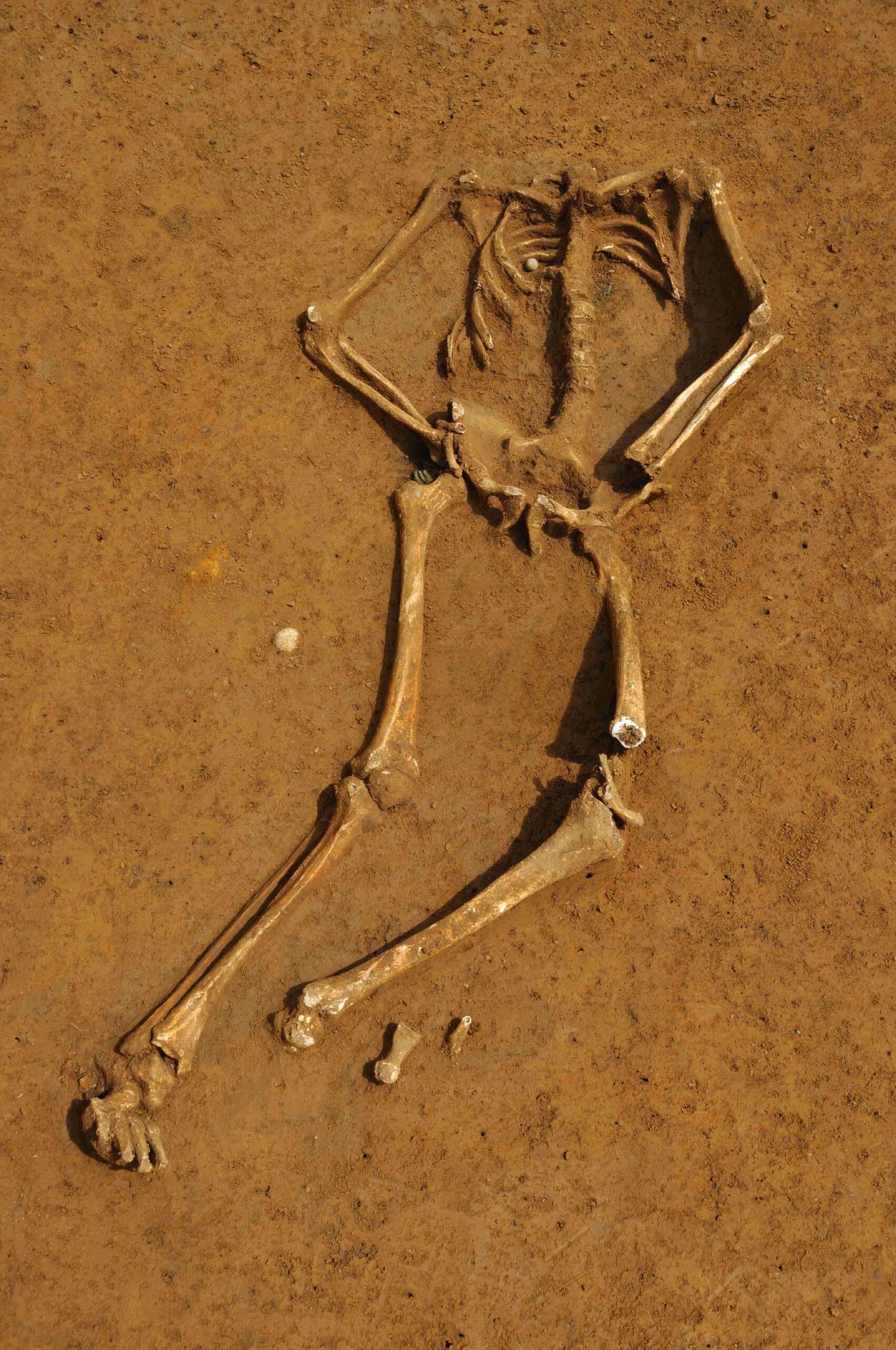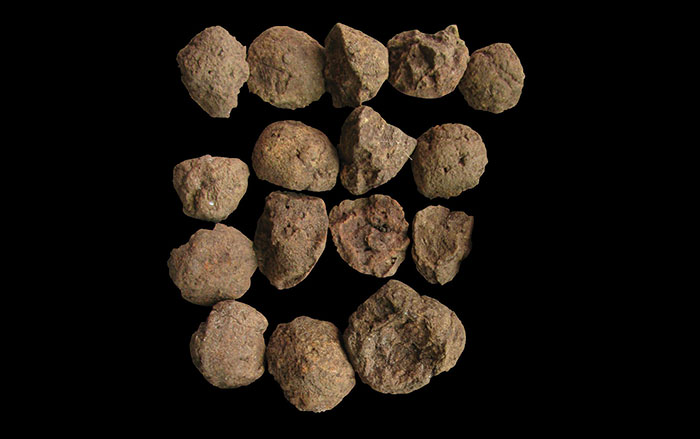
MANCHESTER, ENGLAND—Egypt’s oldest-known iron artifacts are 5,000-year-old tube-shaped beads that were discovered in 1911 in a cemetery at Gerzeh. New analysis of a bead kept at the Manchester Museum with scanning electron microscopy confirms that the metal, which has a high nickel content, came from a meteorite. In addition to the high levels of nickel, the metal exhibits a crystalline structure found only in iron meteorites. The ancient Egyptians formed the bead by hammering a fragment of the iron into a thin plate, which was then bent into a tube shape. “Iron was very strongly associated with royalty and power,” explained Diane Johnson of The Open University.










